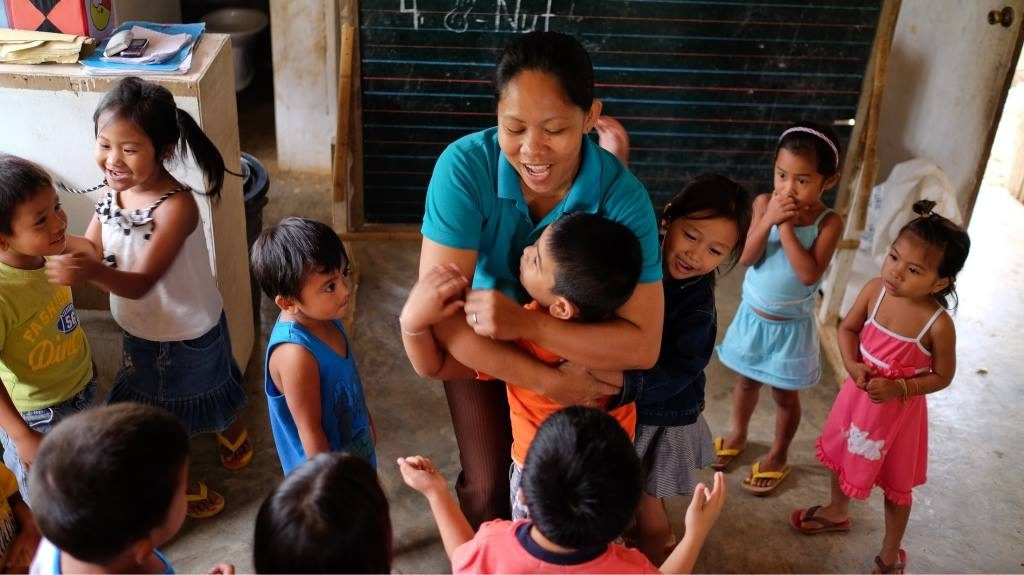SUMMARY
This is AI generated summarization, which may have errors. For context, always refer to the full article.

I know I shouldn’t, but in truth I quite often judge a book by its cover. It’s not just the cover art – I’m a sucker for a good title. I don’t have enough time to read as it is, so I have to be picky. A clever, creative title draws me in with the promise that I won’t be wading through another tedious tome. Gasoline, Guns, and Giveaways, a recent working paper by Chris Hoy and Andy Sumner of the Center for Global Development, does not disappoint.
The central question they ask is whether national resources are available but not being used to end poverty. Spoiler alert: the answer is yes! And you won’t need an advanced command of econometrics to follow their evidence-based arguments.
Hoy and Sumner find that most developing countries could dramatically speed up the end of poverty without waiting ages for economic growth alone to do the trick. Basically, three-quarters of global poverty could be eliminated by raising new taxes and reallocating public spending.
The reallocation should be away from regressive fossil fuel subsidies (because cheap gasoline mostly benefits richer groups) and toward cash transfers for the poor. Public spending should also avoid what they call “surplus” military spending (which they define as annual military spending above the country with the regional lowest per person) in favor of more cash transfers. This would reduce poverty by using nationally available resources.
Hoy and Sumner recognize this will be controversial, and that the political economy of redistribution is never easy, even when the numbers make sense. But the good news, they point out, is that more than 100 developing countries already have cash transfer schemes in place, which means the mechanisms exist to deliver cash directly to poor people. Their paper cites compelling recent evidence compiled by the Overseas Development Institute on the impact of cash transfers on monetary poverty.
I’ve seen this impact in my own work on social protection here in the Philippines. In 2008 the government launched the Pantawid Pamilyang Pilipino Program, a targeted conditional cash transfer scheme for the poor. The program expanded rapidly and as of late 2016 covered about 4.4 million poor households nationwide. The cash transfer is not technically a giveaway, though, since the money comes with strings attached: kids have to go to school and get regular health check-ups, while parents must attend monthly family development sessions. We know from independent spot checks and impact evaluation that the program is keeping children healthy and in school, and has many other positive effects. Now, new data confirms that the program has also played a key role in the country’s recent episode of pro-poor growth.
According to the latest official poverty figures for the Philippines, poverty fell faster from 2012 to 2015 than at any time in recent memory, from 25.2% to 21.6% of the population. During this 3-year period, per capita income among the poorest 30% of the population grew by more than 24%. This is more than the 16% average growth in per capita income for all Filipinos. It’s also much more than the average for the richest 20% of the population, where per capita income grew by 12%. In other words: the rich got richer but so did the poor, and to a greater extent than the rich! This is fantastic news that mirrors the drop in self-rated poverty, which is now at a historic low in the survey’s 33-year history.
The National Economic and Development Authority attributes the recent episode of pro-poor growth to the significant increase in the budget for social assistance programs, and in particular conditional cash transfers.
Recent poverty reduction in the Philippines is certainly encouraging, but there is still a lot of work to do. Let’s not forget that the 2015 poverty rate of 21.6% means that nearly 22 million Filipinos still live below the poverty line. And that line was about P60 (about $1.20) per person per day. More than 40% of Filipinos still rate themselves as poor. Millions of people living just above the official poverty line are technically not poor but live a precarious existence. The difference between poor and officially non-poor can be just a few pesos, and the slightest shock—getting sick, losing a job, having to pay for house repairs after a typhoon—can easily send a family right back into extreme deprivation. And that’s just income poverty—we know by now that poverty is multi-dimensional and income only tells part of the story, so cash transfers are only part of the solution. But that’s a topic for another blog post.
With the goal of bringing the poverty rate down to 14% over the next 6 years, the Department of Finance has put some interesting new ideas on the table. The proposed Tax Reform for Acceleration and Inclusion Act addresses the issue of cheap gasoline, increases fiscal space for much-needed infrastructure, and is directly linked to an unconditional cash transfer for the poorest. And the government has allocated significant funds to a 2017 increase the grant amount for existing conditional cash transfer recipients. Given Hoy and Sumner’s persuasive arguments, plus the evidence we already have from the cash transfer program so far, this could very well be a breakthrough in the fight to end poverty in the Philippines. – Rappler.com
Karin Schelzig is a Senior Social Sector Specialist, Southeast Asia Department, at the Asian Development Bank. This post was first published in the ADB blog.
Add a comment
How does this make you feel?
There are no comments yet. Add your comment to start the conversation.